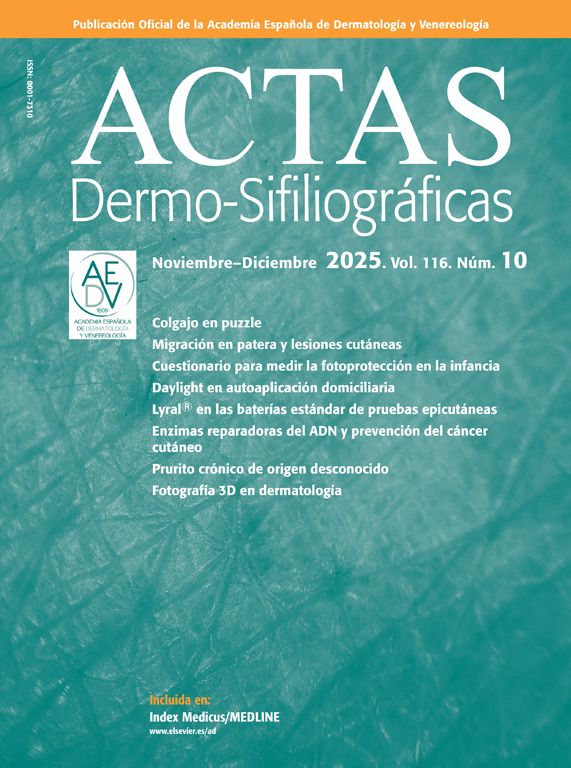The recent editorial in your journal entitled “Zika virus disease: should we be worried?” was very interesting.1 In fact, Zika virus disease is not a new disease. It has been known for a long time but there has never been a worldwide outbreak. The clinical presentation of the disease makes the differential diagnosis difficult and the combination of fever and skin lesions, together with the results of basic laboratory tests, is usually misdiagnosed as dengue fever.2 Due to the rapidly increasing number of cases of Zika virus infection, our greatest concern today is the possible neurological complications and effects of the disease on babies born to infected mothers. Hence, the answer to the question “Should we be worried?” must be “Yes, we should”. However, it is essential to clarify what we should be worried about. In general, the disease is not usually serious and the infection is often asymptomatic.3 In tropical Asia, where Zika virus infection has been present for a long time, no infant abnormalities have been reported. This may indicate that further studies on the exact pathogenesis of the disease in different settings are required. Nevertheless, since the disease can be asymptomatic, the great concern should be rapid and accurate diagnosis of the infection. In the absence of effective diagnostic tools, missed diagnosis is possible, and these silent cases may lead to transmission to others. The present situation appears to be just the tip of the iceberg and underdiagnosis is a likely outcome. Thus, if the infection is associated with long-term complications, it will be a huge problem for everyone.
El factor de impacto mide la media del número de citaciones recibidas en un año por trabajos publicados en la publicación durante los dos años anteriores.
© Clarivate Analytics, Journal Citation Reports 2025
SJR es una prestigiosa métrica basada en la idea de que todas las citaciones no son iguales. SJR usa un algoritmo similar al page rank de Google; es una medida cuantitativa y cualitativa al impacto de una publicación.
Ver másSNIP permite comparar el impacto de revistas de diferentes campos temáticos, corrigiendo las diferencias en la probabilidad de ser citado que existe entre revistas de distintas materias.
Ver más


